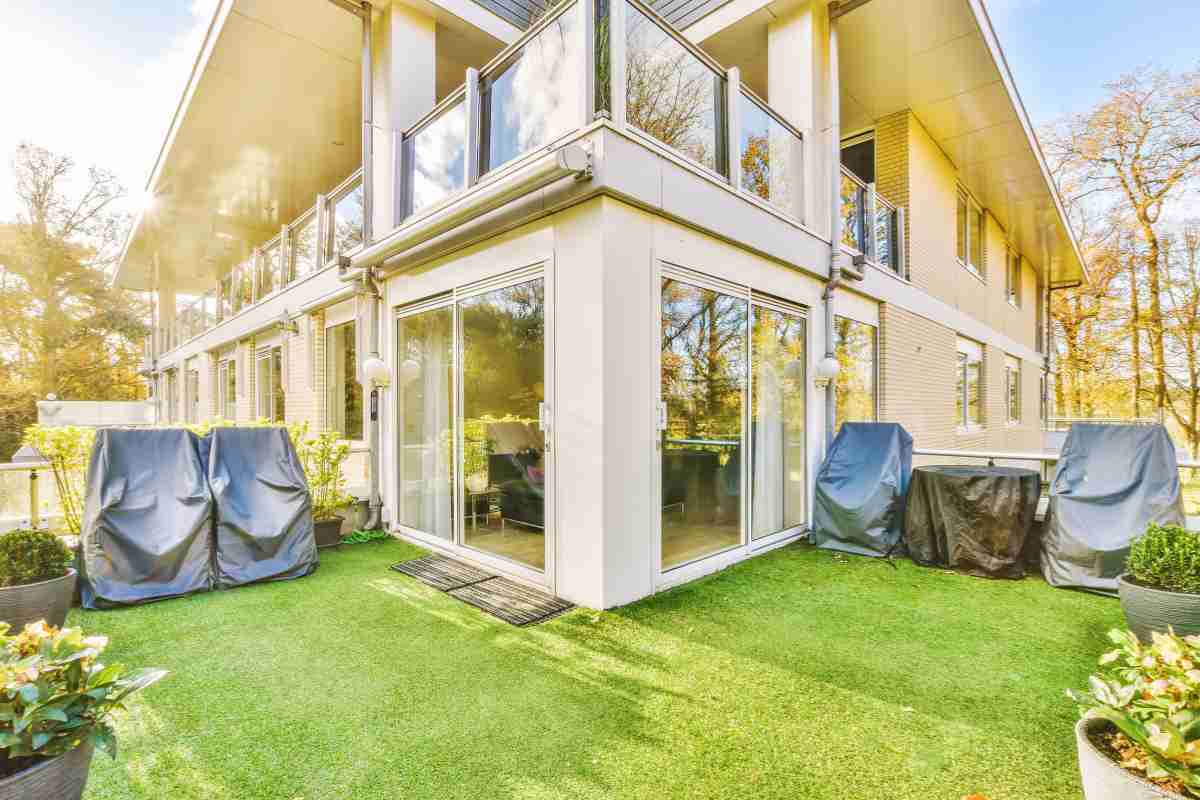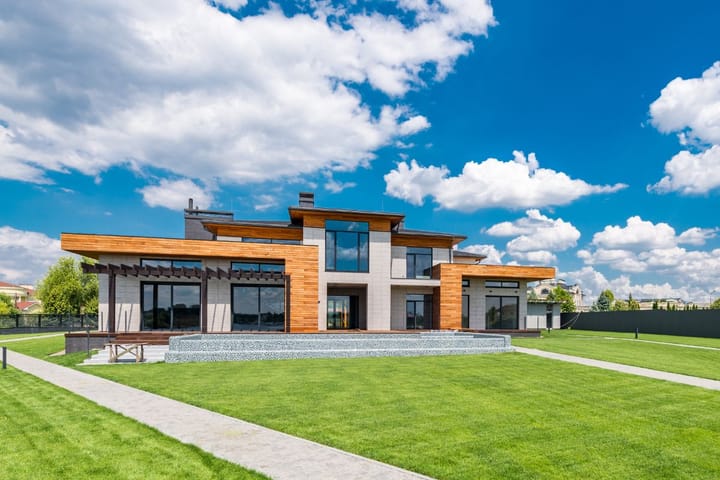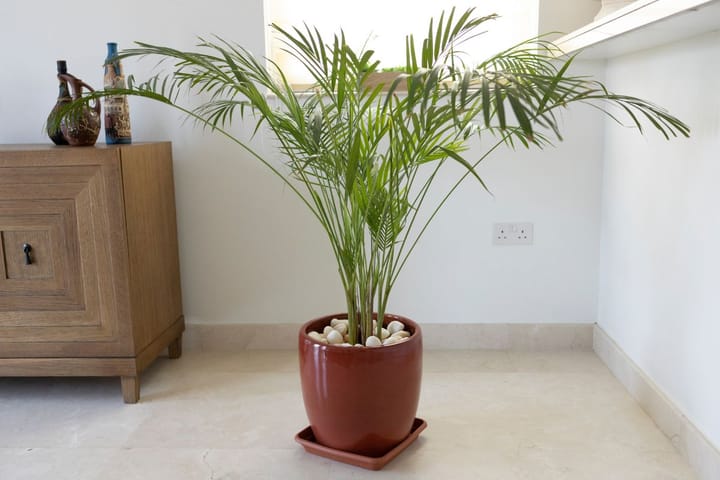Fire-Resistant Landscaping: How Artificial Grass Protects Your Home
With rising summer temperatures and wildfire risks, homeowners are turning to fire-resistant landscaping. This blog explores innovative solutions like TK Turf for fire-safe yards.

In the United States, where the temperature becomes unbearable high in summer, increasing the risk of wildfires, people are quickly turning towards fire-resistant landscaping practices to protect the loss of their properties. Thanks to the technical innovations, we now have many solutions to fireproof our home. Be it artificial grass like TK Turf or other solutions, this blog post covers the various options for fire-safe landscaping ideas for homeowners. Let’s dive in to learn more about some home-safety practices.
Understanding the Fire-Resistant Landscaping
If you are living in an area with an extremely dry summer, you must have come across a disastrous wildfire in the unmanaged garden areas. Hence, such incidents highlight the importance of fire-resistant landscaping, which includes various fire-resistant plants, hardscaping, and other fire-resistant materials that fireproof your property when incorporated strategically and mindfully.

Fire-resistant plants like succulents, known for their high moisture content, have a high potential to limit the spread of fires in residential and wild areas. Moreover, using fire-resistant and non-combustible material for hardscaping and regular maintenance also mitigates the risks of spread of fire in your lawns.
How to Fire-Proof Your Home Lawn
If you own a home with an extensive lawn area which is relatively hard to maintain in the harsh weather, here are a few things you can do to fire-proof your home lawns and ensure the safety of your home.
Fire-Resistant Hardscaping
In continuation to the above section, the first part of fireproofing a home lawn is to incorporate the fire-resistant hardscaping material. Materials like metal, natural stones, bricks, and concrete are popular options to resist wildfires. Avoid using wood as the dried wood quickly ignites and spreads fire over large distances.
Artificial Grass
In the harsh summers, the natural grass dries up quickly as a solid way to spread fires destroying the large garden areas. So, it is better to substitute it with artificial turf. The turf has a unique composition which retards the spread of fire over large distances. However, the artificial turf retains the aesthetic appeal of the natural grass, so you have a lush green lawn irrespective of the weather conditions.
Adopt the Safety Measures
Certain safety measures must be adopted to fireproof your home to the next level. Use the smart irrigation system which can be remotely controlled to schedule watering practices, so your lawn is moist enough to break the heat spell. Moreover, create firebreak zones using non-combustible material at various locations to inhibit the spread of fire. Regularly clean your lawn to remove the dried vegetation which is the major reason behind the fire incidents.
Pros and Cons of Artificial Grass as a Fire-Resistant Material
If you are planning to incorporate artificial grass in your home lawn to effectively minimize the risk of disastrous fire accidents, here are some pros and cons you must know about before making your final choice.
Pros
- Fire-Resistant Composition: The manufacturers of Artificial Turf Tampa ensure that the composition of their product is strong enough to resist fire hazards. The fire-resistant high-quality fibers of turf ensure that they are never ignited due to the high temperature.
- Flammability: The inflammability of the artificial turf is attributed to its never-drying composition, unlike the natural grass. So, there is never a risk of starting a fire as with the dried blades of the grass in the conventional home lawns.
Cons
- Toxic Fume Generation: The artificial grass surely does not catch fire. However, in the high temperature and constant exposure to the sunlight, the plastic fibers begin to melt gradually. During melting, the synthetic turf produces toxic fumes that can be poisonous for those who come in contact.
- High Surface Temperature: Due to the constant exposure to sunlight, the artificial grass began to retain the extreme heat. Though there is no fire risk, still the surface temperature is unbearably higher than with the natural grass.
Final Words
If you live in a place with harsh summers, fire-proofing your home and other properties is a must-do thing. If you are looking for potential ways to make your lawn fire-resistant, so they won’t catch fire, the above guide gives you the best ways to effectively accomplish your goal. Artificial grass is our preferred option. Though it still has some cons, with adequate precautionary measures, you can keep it intact for years.



Comments ()